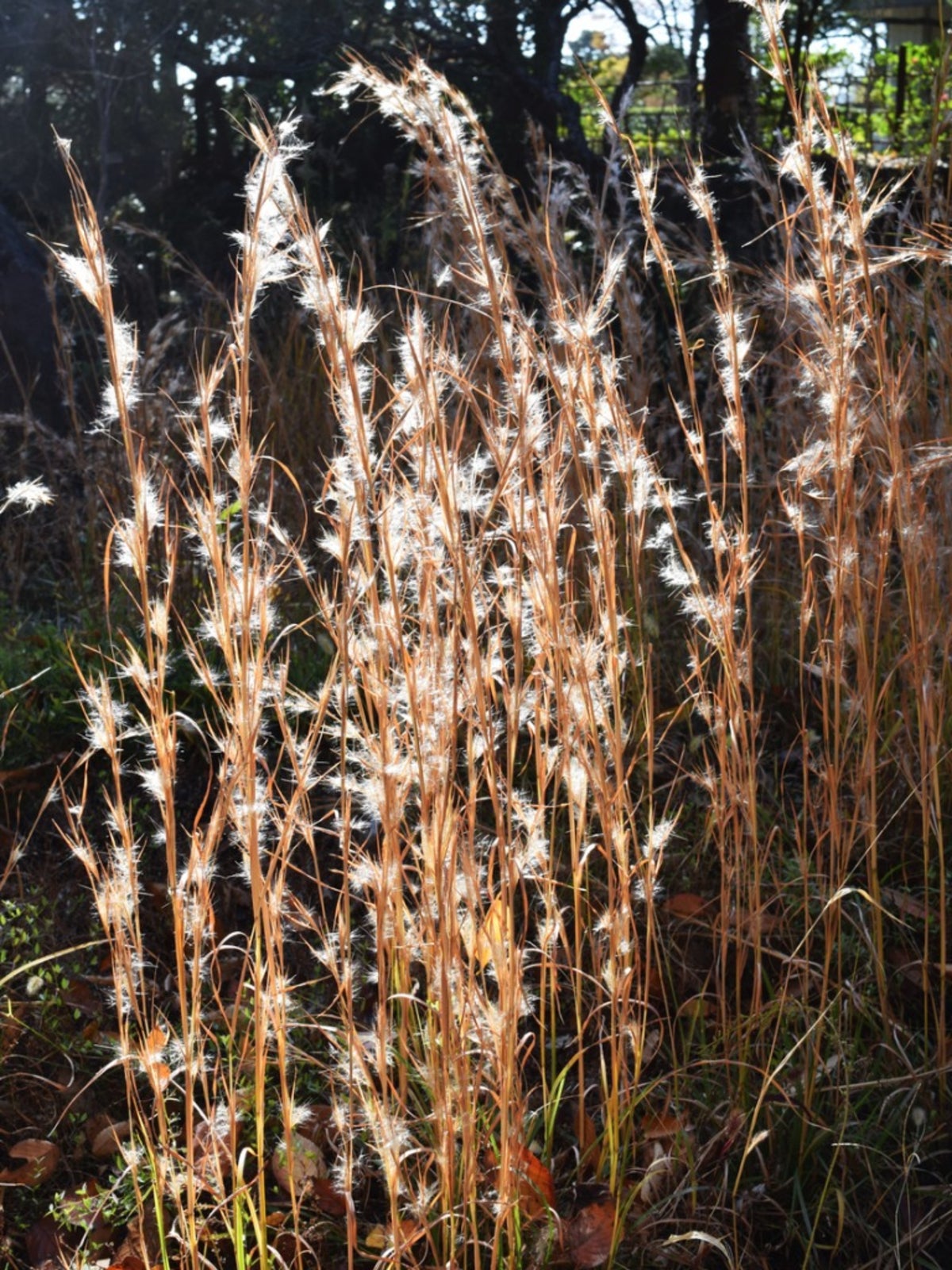Broomsedge Plant: How To Get Rid Of Broomsedge


Broomsedge grass (Andropogon virginicus), also called sage grass, is a perennial, native weed reseeding from the heads of the broomsedge plant. Broomsedge control is most easily applied through the cultural practice of removing seeds before they can disperse due to the fact that chemical control to kill broomsedge may damage portions of lawn grass.
Identify Broomsedge Grass
You may wonder what broomsedge looks like. This troublesome weed is identified by the hairy, flattened leaf sheaths growing from a basal crown with folded young leaves. Young plants are bluish-green, turning brown and dry in maturity. Broomsedge control is easier on the lawn than on the native pasture. Turf grass that is thick and healthy can aid in broomsedge control and eventually the short-lived perennial may disappear, no longer creating issues in the landscape.
Information on Broomsedge Control
The best way to get rid of broomsedge in the lawn is to stop it before it can spread. Prevention goes a long way in controlling broomsedge grass. A lush and healthy lawn is less prone to invasion by the broomsedge plant. Broomsedge grass grows best in poor soil and disperses an allelopathic chemical that keeps wanted plants from growing. Fertilize turf at the right time is recommended for your particular grass. Mow at the right height. A lush lawn shades weed seeds and without sunlight, they cannot germinate and grow. Reseed thin patches of turf in the lawn as an effective means of broomsedge control. As effective broomsedge control includes proper fertilization, take a soil test to determine which amendments are necessary for thick, healthy turf grass on your lawn. Broomsedge does not grow well in nitrogen-enriched soil. The best way to kill broomsedge is manual removal. Get rid of broomsedge in the lawn and nearby areas before seeds develop, encouraging more broomsedge grass to grow. After cutting down the broomsedge grass, dispose of litter left behind-- especially seed heads. Control broomsedge in a manner that will not let seeds drift to other areas where they can take root and grow.
Sign up for the Gardening Know How newsletter today and receive a free copy of our e-book "How to Grow Delicious Tomatoes".

Becca Badgett was a regular contributor to Gardening Know How for ten years. Co-author of the book How to Grow an EMERGENCY Garden, Becca specializes in succulent and cactus gardening.